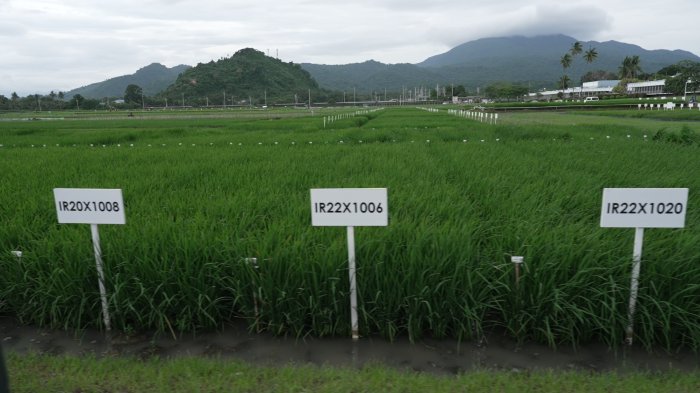Two genebanks
Genebanks’ ability to support research and contribute to food security requires their seeds to be effectively managed. The seeds they distribute must be well understood, so genebank managers and breeders know how they will germinate. They must have viability and longevity, so breeders know they will germinate when they need them to. They must resemble the original sample as closely as possible, so breeders can be sure what genetic traits they are dealing with. This presents quite a challenge of seed quality management.
During this course, you will watch a series of documentaries about how scientists at two CGIAR Centers are rising to this challenge. Filmed in the International Institute for Tropical Agriculture (IITA) in Nigeria, and the International Rice Research Institute (IRRI) in the Philippines, the videos feature Dr Fiona Hay of Aarhus University, Dr Olaniyi Oyatomi of IITA, and scientists and technicians from the two genebanks.
Watch Video 1 (below), which introduces you to the genebanks and scientists who will appear in videos throughout this course. It begins with scientists celebrating what they love about their work. As you watch the video, think about what you love about your own work.

Transcript: Video 1: Two genebanks
Please write your thoughts about the video. How did it make you feel about your own work? You should spend up to ten minutes on this. If your reflections on the video raise any questions, please post them on the Forum, which you’ll find in the left-hand menu, where the course moderators will be able to help you.
When you are ready, press 'reveal' to see our comments.
Discussion
The video touches on some of the values and goals of genebanks and the importance of understanding the science underpinning genebank procedures, in order to achieve those goals. By applying the latest scientific knowledge, you and your own organization will be able to play an important role in the work of a global network of national and international genebanks.
Objectives of genebanks
